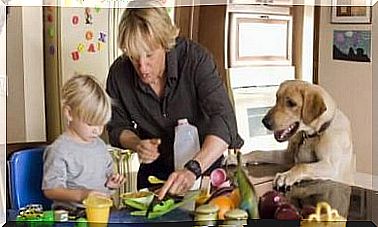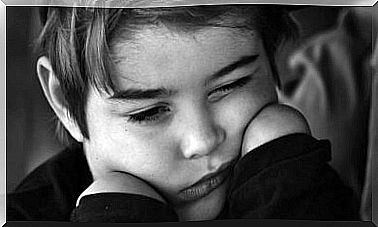Infant Dyslalia: How To Act?
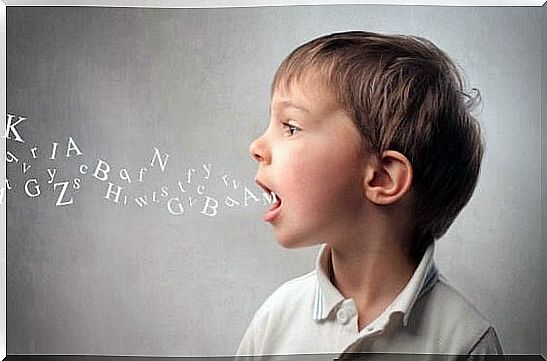
Have you ever heard of infantile dyslalia? It is an easily diagnosable language disorder in children over the age of four, but who still mispronounce words. This is the case of children who cannot correctly articulate the syllables.
Children who have this difficulty in speech – which can make their language unintelligible – usually omit certain sounds or substitute incorrect ones. These little ones even manage to pronounce the syllables well separately. But, when putting phonemes together, they make mistakes.
While everyone around you will join forces to help the child trying to correct his speech, it will often be difficult to solve the problem at home and without resorting to specialized and guided treatment. So, how to act in cases of infantile dyslalia?
What is infantile dyslalia?
While we suffer and regret everything that afflicts our children, in this case there is nothing to worry about. It just needs to be treated. Because infantile dyslalia is nothing more than an incorrect pronunciation of certain phonemes that involves a latent articulation problem.
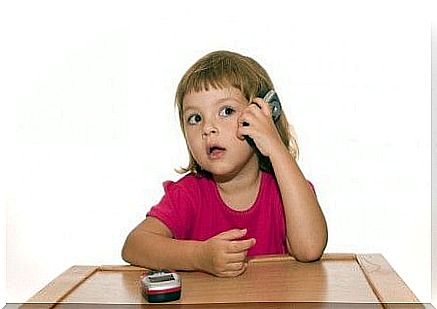
In fact, we are talking about the most common childhood language disorder. It usually appears between 3 and 5 years old and is noticeable, as the child alters, omits or substitutes certain sounds. Now, if the problem persists after that age, you will need to seek expert assistance.
Types of dyslalia
- Physiological. The child’s organs are still immature. This means that everyone goes through a phase of dyslexia, which only becomes a worrying problem if it continues after the age of 4 years.
- Audiogens. There is a defect in the child’s hearing that prevents him from acquiring the ability to express himself normally. Basically, if your auditory perception is defective, so will your pronunciation.
- Functional. In this very common case of infantile dyslalia, there is an abnormal functioning of the peripheral organs of speech. Because of this, the phonemes r, s, z, l, k, and ch are usually omitted, substituted or deformed. The possible causes of this non-organic disorder are insufficient education or an unfavorable family or social environment for the child.
- Organic. They are also known as diglossias and are due to certain defects in the organs involved in speech. In addition, according to the defective area, they can be classified into:
- labials
- Linguals
- Dental
- Palatines
- nasal
- jaws
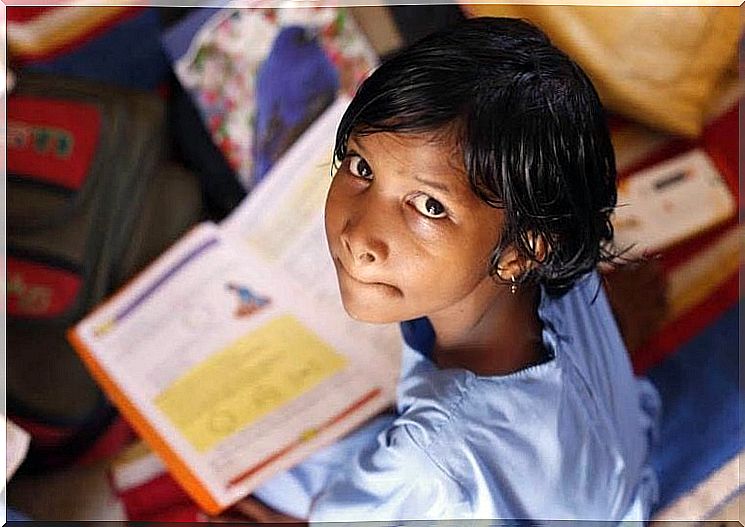
Treatment of childhood dyslalia
Of course, the treatment of childhood dyslalia will depend on the origin of the disorder. Thus, it can be approached from a direct intervention (directed towards the articulation of the phoneme and its automation in language) or indirect (focused on the development of the phonation organs).
Speech can undoubtedly improve with adequate therapy, generally based on exercises capable of improving the muscles used in the production of sounds and improving the articulation of words, the quality of breathing, the rhythm of speech, etc.
These therapies and exercises are presented to the little ones in the form of games, with the aim of making it easier and more enjoyable to acquire these skills. However, for this process to be effective, it is important that parents are involved and committed to helping the little one work at home.
Thus, it is necessary to make a more than pertinent observation clear: infantile dyslalia does not disappear without the intervention of a specialist. Therefore, the professional will be able to assess the child’s condition and design a program based on a few steps.
Steps of professional intervention
- Stimulation of children’s ability to produce sounds. Reproducing movements and postures, experimenting with vowels and consonants, comparing and differentiating sounds.
- Coordination of movements necessary for the pronunciation of sounds, such as labial and lingual exercises. The idea is to teach the child the correct positions for each sound.
- Performing exercises in which the child must produce the sound within the syllables until automating the muscle pattern needed to articulate.
- Preparing the child to start with complete words through play.
- Take what was learned out of the sessions. That is, applying new skills in spontaneous language, not just in therapeutic consultations.
When treatment is started sooner, better results will be obtained by our child. Because if childhood dyslalia is not properly treated, this defect will persist over time and the organs responsible for speech will lose plasticity and agility, which would make correction more difficult.
